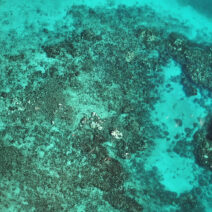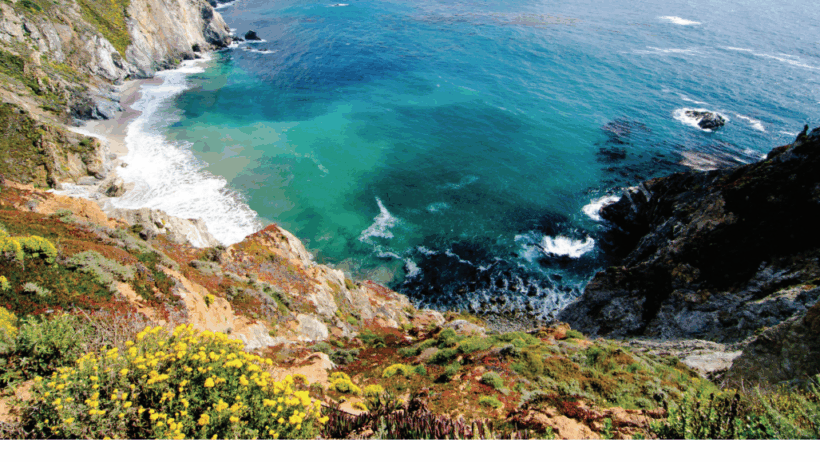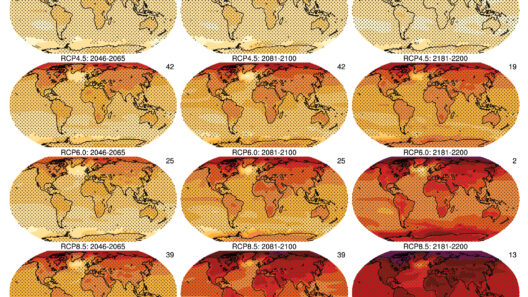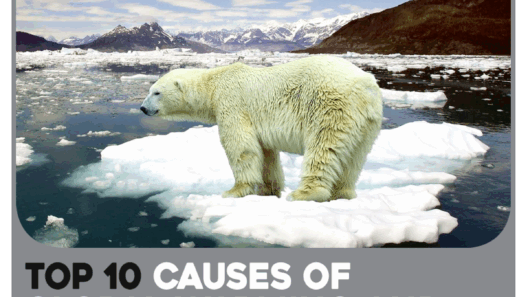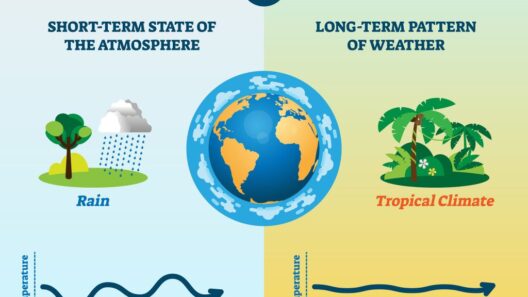California’s coastal region is celebrated for its striking beauty, where the meeting of the Pacific Ocean and the rugged coastline crafts an atmosphere steeped in unparalleled vibrancy. The climate of this exquisite area is influenced by a confluence of geographical features, ocean currents, and atmospheric conditions. The coastal climate, characterized by a unique interplay of ocean mist and golden light, captivates residents and visitors alike, inviting a deeper exploration into its alluring phenomena.
The coastal climate of California is primarily classified as a Mediterranean climate, distinguished by wet winters and dry summers. This climate type is not uniform; rather, it varies along the coastal stretches due to local topographical features, including mountain ranges, valleys, and the vast Pacific Ocean itself. These geographical elements play a pivotal role in shaping the microclimates that define distinct regions within the broader coastal zone.
As one ventures along the coastline, a prevailing observation is the prevalent marine layer—a phenomenon manifesting as a dense blanket of fog that rolls in from the ocean, particularly during the late spring and summer months. This marine layer forms due to the dense, cold waters of the California Current, which meet the warmer air over land, resulting in condensation and the formation of fog. This unique characteristic not only contributes to the distinctive aesthetic but also serves as a critical ecological component. The marine layer mitigates temperature extremes, safeguarding coastal flora and fauna from harsh environmental conditions.
The interplay between ocean mist and sunlight creates a peculiar charm, bathing the landscape in shimmering light, often described as a golden hue during the late afternoon. This ethereal lighting invites contemplation and admiration, as the sun’s rays pierce through the mist, creating a luminous spectacle. The allure of this environment is not merely superficial; it acts as a catalyst for biodiversity, influencing local ecosystems. The coastal mist nurtures a plethora of plant species, particularly those adapted to thrive in these moist conditions, such as the iconic coastal redwoods and various forms of sagebrush.
While the immediate visual beauty captivates, the underlying climatic influences reveal a more profound narrative about the resilience of life along the Californian coast. The relatively mild temperatures, coupled with abundant marine resources, establish a habitat conducive to a rich variety of marine species, including iconic creatures such as sea otters, seals, and numerous fish species. Moreover, this coastal ecosystem plays a crucial role in carbon sequestration, with kelp forests acting as significant carbon sinks, thus contributing to the fight against climate change.
The climate of California’s coastal region also demonstrates the dynamics of human interaction with nature. Coastal communities have historically adapted their lifestyles and economies to align with maritime conditions. The fishing industry thrives in this area, bolstered by the rich nutrient flows from the waters, supporting both livelihoods and cultural identities. Nonetheless, shifts in climate patterns, driven by anthropogenic influences, pose significant challenges to these industries. Changes in ocean temperature and acidity, resulting from global warming, are beginning to alter marine habitats, triggering shifts in fish populations and threatening the livelihoods of those dependent on these resources.
The phenomenon of golden light illuminating the coastline is not merely a poetic visage; it showcases the unique interplay of atmospheric conditions that fosters such captivating vistas. The phenomenon of twilight—when the sun hovers just below the horizon—creates dramatic contrasts and enhances the vibrancy of colors, making it a cherished time for photographers, artists, and nature enthusiasts. This enchanting spectacle speaks to a common human desire for connection to nature, sparking joy and reflection.
Despite the tranquility and beauty epitomized in this coastal landscape, the threats posed by climate change loom large. Rising sea levels, intensified by melting polar ice, beckon for urgent attention and action. Coastal erosion, increasingly frequent due to harsher storms, threatens quaint coastal towns and their infrastructures, necessitating a balance between preservation and adaptation strategies. Moreover, the warming ocean waters can lead to harmful algal blooms that not only endanger marine life but also pose health risks to human populations. As the climate continues to evolve, so too must our approach to safeguarding this precious coastal milieu.
The complex tapestry of the coastal California climate, interwoven with narratives of beauty, resilience, and challenge, fosters a profound engagement with the environment. The golden light, reflective of both sunlight and the urgency of climate action, serves as a reminder of the delicate balance that sustains the ecosystems along this dynamic coastline. For residents and visitors alike, the interplay of ocean mist and golden light becomes a point of fascination, inviting deeper exploration into the multifaceted relationship between nature and humankind.
In summary, the coastal climate of California presents an exquisite blend of beauty and resilience, marked by the enchanting interplay of ocean mist and golden light. As we observe these natural wonders, it becomes imperative to acknowledge the challenges posed by climate change and engage in sustainable practices that honor and protect this invaluable coastal ecosystem. The future of California’s coastline hinges on our collective commitment to preserving its beauty and biodiversity for generations to come.

